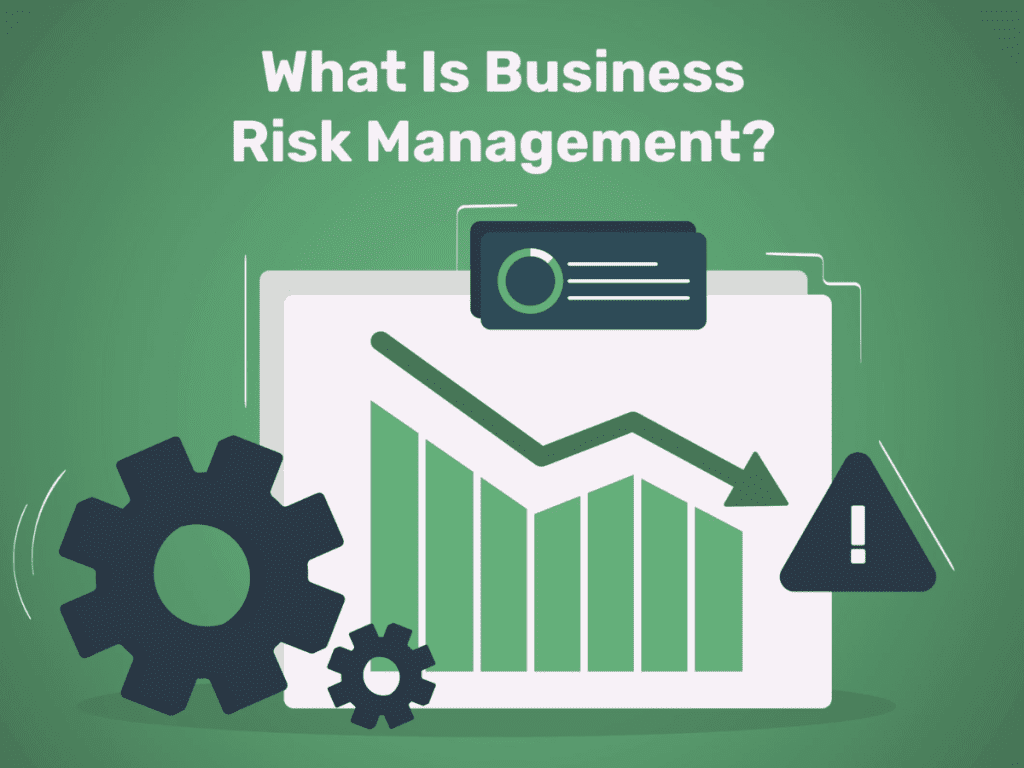Insurance is an essential component of financial planning, offering protection against a range of risks that could otherwise lead to significant financial hardship. From safeguarding your health to securing your assets, the right type of insurance provides peace of mind and financial stability. In this article, we’ll explore the various types of insurance available and how they can help you navigate life’s uncertainties.
The Importance of Insurance
Before diving into the different types of insurance, it’s important to understand its significance. Insurance serves several key purposes:
- Financial Protection: It helps cover unexpected costs, such as medical bills, property damage, or legal expenses.
- Risk Management: By transferring risk to an insurer, you can focus on your goals without worrying about potential financial setbacks.
- Peace of Mind: Knowing you’re protected allows you to handle life’s challenges with greater confidence.
Common Types of Insurance
Let’s take a closer look at the most common types of insurance and their benefits.
1. Health Insurance
Health insurance is perhaps the most essential type of coverage, providing financial support for medical expenses. This includes doctor visits, hospital stays, prescription medications, and preventive care.
- Why It’s Important: Medical emergencies can be costly, and health insurance ensures you won’t face crippling bills.
- Key Features: Coverage for in-network providers, annual deductibles, and co-payments.
- Considerations: Evaluate premiums, deductibles, and coverage networks when selecting a plan.
2. Life Insurance
Life insurance provides financial security to your dependents in the event of your death. It’s particularly important if you have family members who rely on your income.
- Why It’s Important: Ensures your family’s financial stability, covering expenses such as mortgages, education, and daily living costs.
- Types:
- Term Life Insurance: Coverage for a specified period.
- Whole Life Insurance: Permanent coverage with a cash value component.
- Considerations: Determine how much coverage you need based on your income, debts, and family’s future expenses.
3. Auto Insurance
Auto insurance protects you against financial losses resulting from car accidents, theft, or damage to your vehicle.
- Why It’s Important: Most states require drivers to have a minimum level of auto insurance. It covers liability, medical expenses, and vehicle repairs.
- Types:
- Liability Coverage: Covers damages to others if you’re at fault.
- Collision Coverage: Pays for repairs to your car after an accident.
- Comprehensive Coverage: Covers non-accident-related damages, such as theft or natural disasters.
- Considerations: Ensure adequate liability limits and consider additional coverage for new or valuable vehicles.
4. Homeowners Insurance
Homeowners insurance protects your home and belongings against risks such as fire, theft, and natural disasters. It also provides liability coverage for accidents occurring on your property.
- Why It’s Important: Your home is likely one of your largest investments, and homeowners insurance ensures it’s protected.
- Key Features: Coverage for dwelling repairs, personal property, and additional living expenses during repairs.
- Considerations: Assess whether your policy includes flood or earthquake coverage, as these often require separate policies.
5. Renters Insurance
Renters insurance is designed for tenants, providing coverage for personal belongings and liability protection.
- Why It’s Important: Protects your possessions in case of theft, fire, or water damage.
- Key Features: Replacement cost or actual cash value coverage for personal items.
- Considerations: Ensure the policy covers high-value items like electronics or jewelry.
6. Disability Insurance
Disability insurance replaces a portion of your income if you’re unable to work due to illness or injury.
- Why It’s Important: Ensures financial stability if you’re temporarily or permanently unable to earn an income.
- Types:
- Short-Term Disability: Covers income loss for a few months.
- Long-Term Disability: Provides coverage for extended periods, often until retirement age.
- Considerations: Evaluate the waiting period before benefits begin and the percentage of income replaced.
7. Travel Insurance
Travel insurance protects against unexpected costs during trips, such as medical emergencies, trip cancellations, or lost luggage.
- Why It’s Important: Ensures peace of mind when traveling, especially abroad.
- Key Features: Coverage for emergency medical care, trip interruptions, and evacuation services.
- Considerations: Tailor coverage based on trip length, destination, and planned activities.
8. Long-Term Care Insurance
Long-term care insurance covers the costs of assistance with daily living activities, such as bathing, dressing, and eating, often required due to aging or chronic illness.
- Why It’s Important: Protects your savings from being depleted by long-term care expenses.
- Key Features: Coverage for in-home care, assisted living facilities, and nursing homes.
- Considerations: Purchase early to secure lower premiums.
9. Business Insurance
Business insurance provides protection for entrepreneurs and companies against financial losses due to property damage, liability claims, or employee-related risks.
- Why It’s Important: Ensures the continuity of your business operations.
- Types: General liability, property insurance, workers’ compensation, and professional liability.
- Considerations: Tailor coverage based on the size and nature of your business.
Specialized Insurance Types
Beyond the common types, there are specialized insurance options to address specific needs:
- Pet Insurance: Covers veterinary expenses for your pets.
- Umbrella Insurance: Provides additional liability coverage beyond the limits of other policies.
- Identity Theft Insurance: Protects against financial losses resulting from identity theft.
- Flood Insurance: Covers damages caused by flooding, often excluded from standard homeowners policies.
- Wedding Insurance: Protects against losses from cancellations, vendor issues, or damages on your big day.
Tips for Choosing the Right Insurance
- Assess Your Needs: Identify the risks you face and the assets you need to protect.
- Compare Policies: Shop around for policies that offer the best coverage and value.
- Understand Exclusions: Read the fine print to know what’s not covered.
- Bundle Policies: Save money by purchasing multiple policies from the same insurer.
- Review Regularly: Reevaluate your insurance needs periodically to ensure adequate coverage.
The Future of Insurance
The insurance industry is evolving rapidly, with trends such as:
- Usage-Based Insurance: Personalized premiums based on real-time data, such as driving habits.
- Digital Platforms: Easier access to policies and claims management through online tools.
- Eco-Friendly Insurance: Policies designed to reward sustainable practices.
Conclusion
Understanding the different types of insurance and their purposes is essential for protecting yourself, your loved ones, and your assets. By choosing the right mix of coverage, you can create a robust financial safety net that offers peace of mind and security. Take the time to assess your needs, research your options, and select policies that align with your goals. With the right insurance in place, you’ll be better prepared to face life’s uncertainties with confidence.

